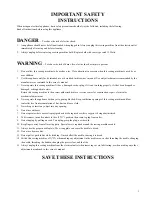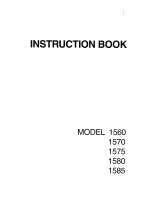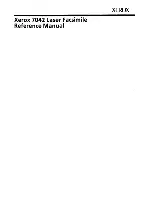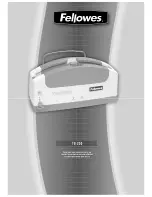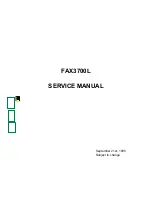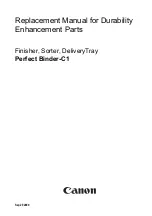
MOCK OVEREDGING
• Stitch: Slant Overedge
i Disc 76
• Stitch Width:
5
• Needle Position:/^
• Stitch Length:
6
• Stitch Balance: Equalized
• Speed:
MIN
• Zig-Zag Plate
• Zig-Zag Foot
When it is not practical to overedge a seam
because of fabric construction, a mock over
edge finish can be applied. This finish is ap
propriate for bulky knits, stretchy sweater
knits, fine tricots, and fabrics that curl or fray.
Procedure
Make a test sample to check machine adjust
ments, including pressure setting, before
beginning garment construction.
• Baste the garment together on the seam line
and fit in the usuai way.
• After making any necessary adjustments,
piace seam under the presser foot. Stitch so
that the stitches on the ieft side of the pat
tern penetrate the basted seam iine.
• Press after stitching and trim away excess
fabric to produce a narrow seam edge.
When the seam supports the garment, omit
the trimming step.
FINISHES FOR HEMS AND FACINGS
Hems and facing edges in knit and stretch
fabrics will be less apt to press through and
mark when given a fiat edge finish. Edge
finishing with the muiti-stitch zig-zag stitch,
honeycomb stitch or siant overedge stitch
(disc 76) eiiminates the bulk of turned-in
fabric edges and retains fabric fiexibiiity.
Make a test sample to determine the best
stitch for your fabric. Piace stitching about Ve
inch from hem or facing edge. Press after
stitching and trim away excess fabric close to
the stitching line.
Finished Hem Edge
49
Instrukcje obsługi maszyn do szycia firm Polskich jak i zagranicznych np. Singer Toyota Pfaff Gritzner Łucznik Arka































